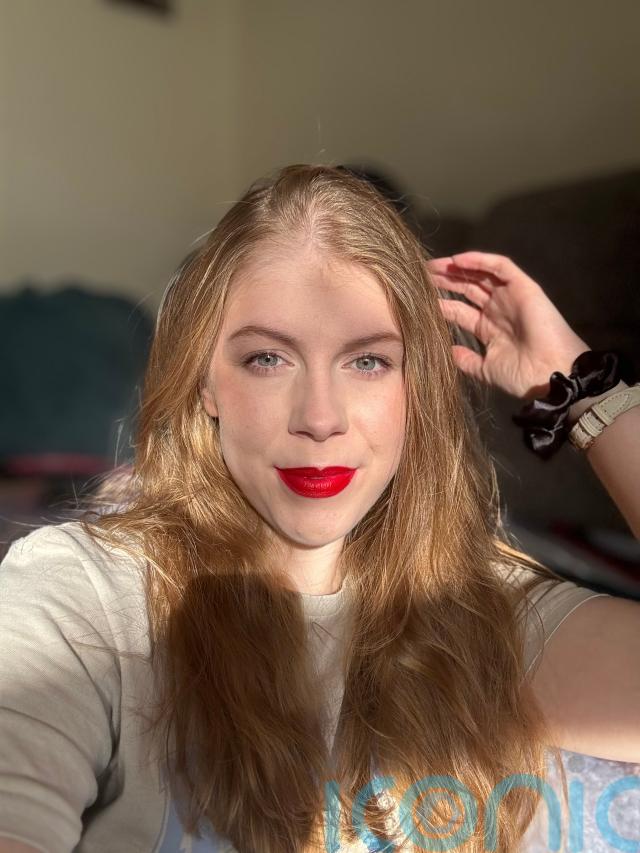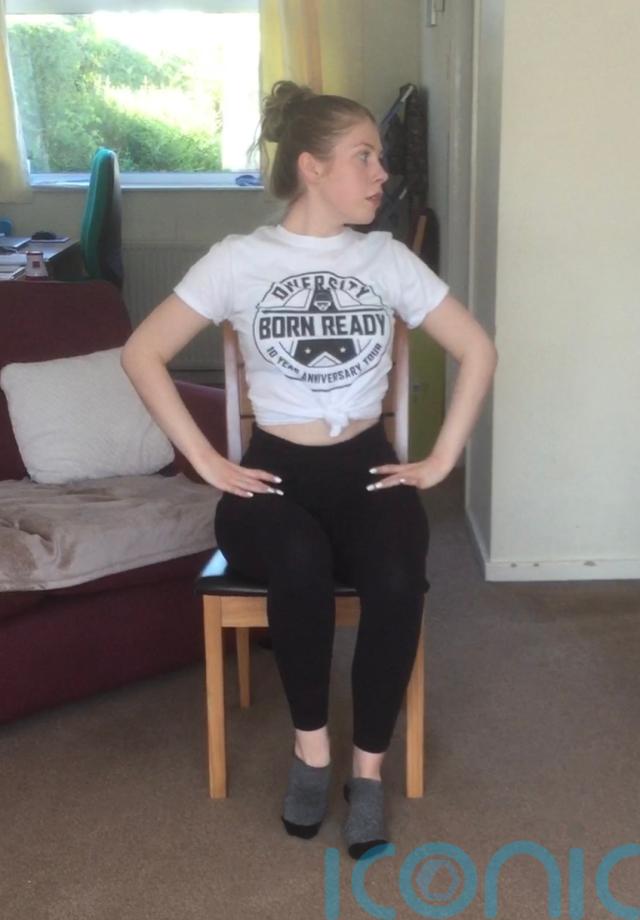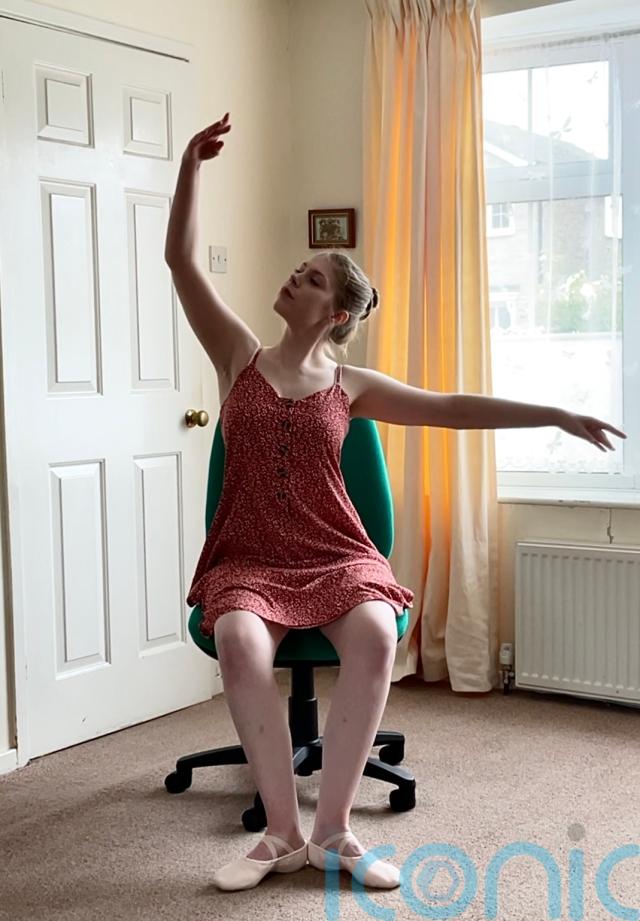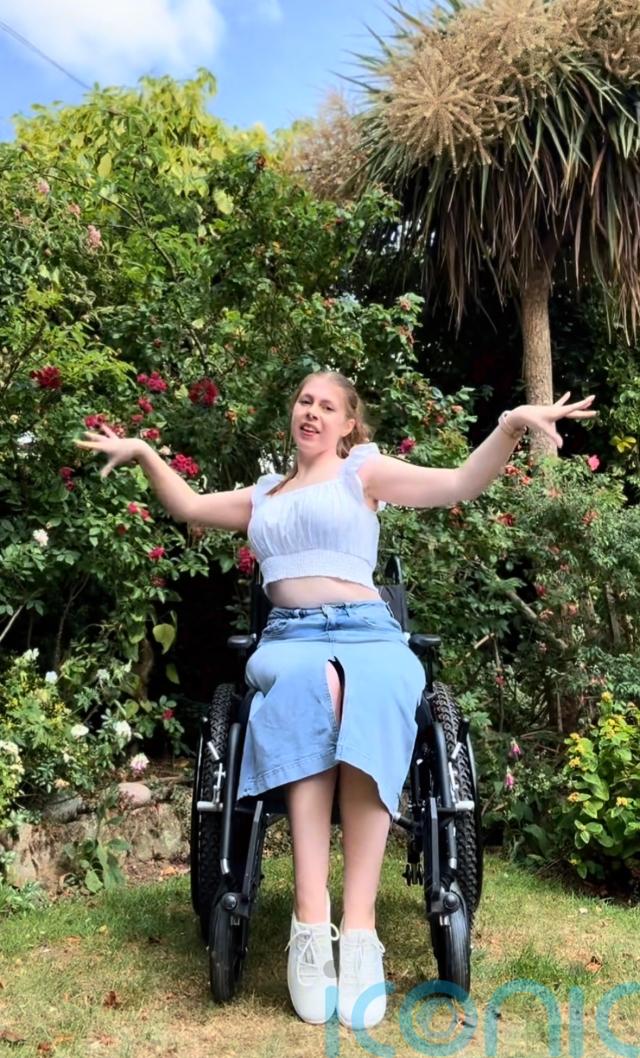
A woman who became a wheelchair user at age 16 due to ME has inspired thousands online by adapting Strictly Come Dancing routines to make them wheelchair-friendly, earning recognition from the show’s stars.
Fay Crockett, a 25-year-old dance teacher from York, attended dance classes from an early age, seeing it as “nothing more” than a “fun hobby”.
In 2017, at age 16, she began using a wheelchair after being diagnosed with myalgic encephalomyelitis (ME), and struggled with the “constant stares” and “judgmental comments” from others.
In the same year, her ME led her to become bedbound, and while “stuck in bed”, she would choreograph dances in her head to “every piece of music” she heard, and realised dance could “become something more” for her.

In 2020, she tried returning to in-person ballet classes, but the journey to the studio took “too much of a toll” on her body, forcing her to stop.
During the Covid-19 pandemic, when professional dancers began hosting online classes, she realised she could dance from home and since then, Fay has trained with professional wheelchair dancer Kate Stanforth and earned a dance teaching qualification.
Since 2023, she has been adapting Strictly Come Dancing routines to make them wheelchair friendly on her TikTok page, under the handle @dancingwithm.e, with one of her videos gaining more than 90,000 views.
Looking ahead, Fay would love to see a wheelchair user compete on the main show one day, and to be involved with the show itself.

Fay told PA Real Life: “Dance will always look different for me but it’s mine again. And that, to me, is everything.
“I never expected the response I received.
“My videos were liked, shared, and commented on by celebrities, professional dancers, judges, and choreographers, and one was even featured on It Takes Two!”
Growing up, Fay attended local dance classes every week, ranging from disco to Latin, and saw it as a “fun hobby”.

But in 2017, at age 16, she began using a wheelchair after being diagnosed with ME and experiencing extreme fatigue, brain fog, nausea, vomiting, blackouts, weakness and seizures which were made worse by physical and mental exertion.
Fay said: “At first, I was incredibly reluctant to accept that I needed a wheelchair but it quickly became clear it was my only option if I wanted to leave the house… adjusting to using a wheelchair was about so much more than just getting used to the equipment itself.
“There were the constant stares, the occasional judgmental comments, and the deep fear of being seen by anyone I knew – a reflection of my own, very human, internalised ableism.”

In 2017, her ME led her to become bedbound, and she started to realise dance could “become something more” for her.
“Whilst I was stuck in bed I used to choreograph dances in my head to every piece of music I heard,” Fay explained.
“From that moment, I knew that if I ever got the chance to dance again, I would do everything I could to make it happen.”
At the start of 2020, she attended ballet classes, and her teacher was “wonderfully supportive”, adapting the classes for her needs.

However, the journey to the studio took “too much of a toll” on her body, so she had to stop attending.
During the Covid-19 pandemic, dance became “more accessible” as many dancers such as Strictly Come Dancing’s Amy Dowden and groups like Diversity hosted online classes.
“One of my favourite moments was the first time I completed an entire Diversity choreography,” she added.
“I shared it online and to my amazement, they saw it, shared it, and complimented me!”

In 2020, she discovered Kate Stanforth, a professional wheelchair dancer, and began joining virtual classes at the Kate Stanforth Academy of Arts, which she described as “life-changing”.
She said: “Kate believed in my potential and mentored me personally, even when accessibility barriers made traditional dance exams impossible.”
Since then, she has achieved several qualifications, including Levels One, Two and Three in Progressing Ballet Technique, and qualified to teach Level One of Rambert Grades – a modern, creative contemporary dance syllabus that focuses on self-expression and inclusivity.
In 2022, she also began teaching weekly 45-minute online dance classes through the academy.

In 2023, after being a Strictly Come Dancing fan for “as long as (she) can remember”, she set herself a challenge – to adapt one couple’s dance routine each week to make it wheelchair friendly.
She began posting these videos on social media under the handle @dancingwithm.e, and said they were liked, shared, and commented on by the show’s judges and professional dancers.
She was even featured on Strictly: It Takes Two in 2023.
She has continued to post the videos, with several receiving more than 90,000 views.

“My process starts on Saturday night while I’m watching the live show – I take note of which dances or styles might work best, avoiding routines that rely heavily on lifts or long periods in hold,” Fay explained.
“If a routine has lots of expressive upper-body movement or musicality, it usually catches my eye as the one to adapt.
“In a jive, I might use my arms to recreate the kicks and flicks that are normally done with the feet, or use controlled contractions of my upper body to capture that signature bounce.”
She then spends her Sunday breaking the dance down into different moves and records the video in one take.
However, she sometimes receives “ignorant or dismissive” comments on her videos, as many do not understand that, despite using a wheelchair, she can stand for short periods of time – though doing so can cause “significant pain, fatigue and collapses”.

She added: “What bothers me most isn’t the criticism itself, but the thought that it might discourage others.”
Fay believes Strictly Come Dancing is “setting a fantastic example” for inclusivity.
She said: “There’s sometimes a misconception that contestants with disabilities are treated differently or receive pity votes, but I don’t believe that’s the case at all.
“I also love that, in recent years, we’ve had more than one contestant with a disability or health condition in the same series, such as Chris McCausland and Tasha Ghouri last year.
“It breaks the outdated idea that there can only be a single ‘token’ disabled celebrity each season.”
Looking ahead, Fay would love to see a wheelchair user compete on the main show one day, and to be involved with the show herself, either by consulting on choreography or even appearing on it.
However, her ME continues to impact her body after dancing – after teaching one dance class, she spends the rest of the week recovering and “rationing (her) energy”.
To continue dancing and regain some independence in daily life, Fay said she needs to “self-fund” both a lightweight dance wheelchair, costing several thousand pounds, and a supportive power wheelchair, costing more than £10,000.
“I never imagined this would become part of my life, but my wheelchair has come to represent freedom, especially when it allows me to do things I love like dance,” she added.
Subscribe or register today to discover more from DonegalLive.ie
Buy the e-paper of the Donegal Democrat, Donegal People's Press, Donegal Post and Inish Times here for instant access to Donegal's premier news titles.
Keep up with the latest news from Donegal with our daily newsletter featuring the most important stories of the day delivered to your inbox every evening at 5pm.